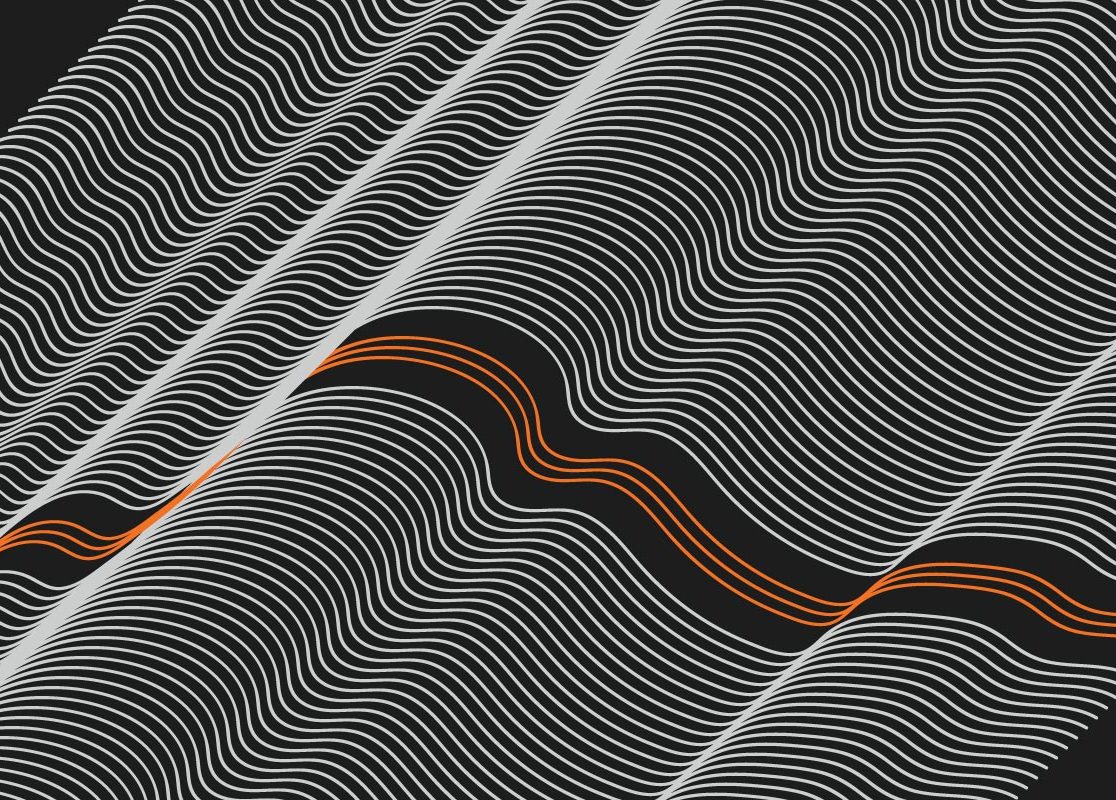What is Wavetable Synthesis?
Wavetable synthesis is a method of sound creation that involves using a table of digital audio waveforms (wavetables). Wavetable synthesis is considered specific to digital synthesizers and not something you would encounter with an analog synthesizer. The waveforms are stored in the memory of a wavetable synthesizer and used as the basis for generating audio signals. The waveforms can be modulated or manipulated in various ways to create a wide range of different sounds, from simple waveforms like sine waves and square waves to more complex, harmonically rich waveforms similar to the sounds of natural instruments.
To generate a sound using wavetable synthesis, the synthesizer selects a waveform from the wavetable and plays it back at a specific pitch and rate. The pitch of the generated sound is determined by the position of the waveform in the wavetable, and the rate at which the waveform is played back determines the duration of the sound. The timbre (tone color) of the generated sound is determined by the shape of the waveform itself, which can be modified in various ways to create different sounds.
Popularity of Wavetable Synthesis
Wavetable synthesis was developed in the late 1970s and early 1980s. The first wavetable synthesizers were created by Wolfgang Palm, founder of the company PPG, which produced a number of wavetable synthesizers in the 1980s. The first commercial wavetable synthesizer was the PPG Wave, which was released in 1981.
Wavetable synthesis was an important development in the field of electronic music, as it allowed synthesizers to create more realistic and complex sounds that were more similar to those of natural instruments. It was also an important step towards the development of more advanced forms of synthesis, such as sampling and granular synthesis.
Some popular wavetable synthesizers include the PPG Wave, the Waldorf Wave, and the Native Instruments Massive. These synthesizers have all been used by electronic music producers and sound designers to create a wide range of different sounds.
Wavetable synthesis offers more precise control over the timbre of a generated sound compared to subtractive synthesis, but may be more complex to use and require more computing power (digital). Both techniques are widely used in electronic music and sound design, and can be used to create a wide range of different sounds.
